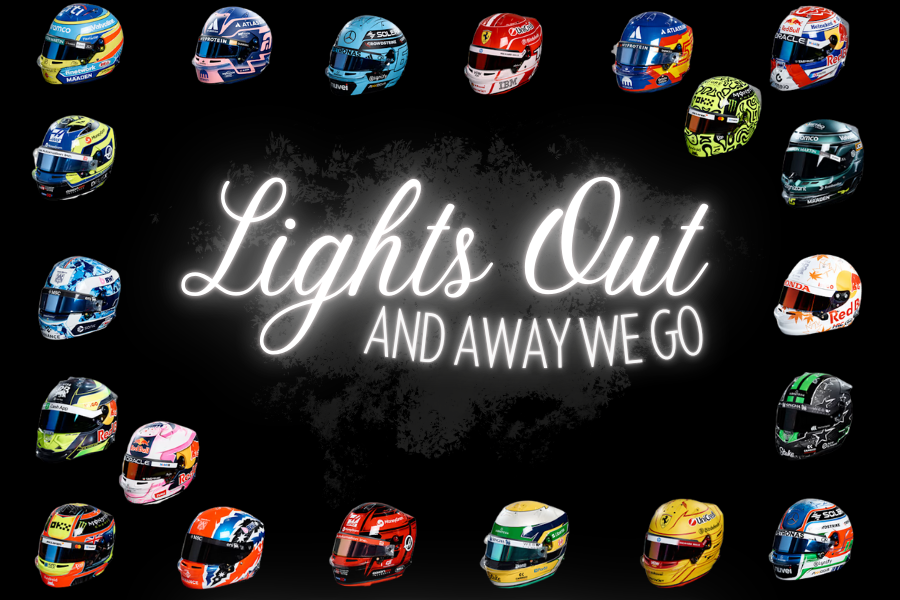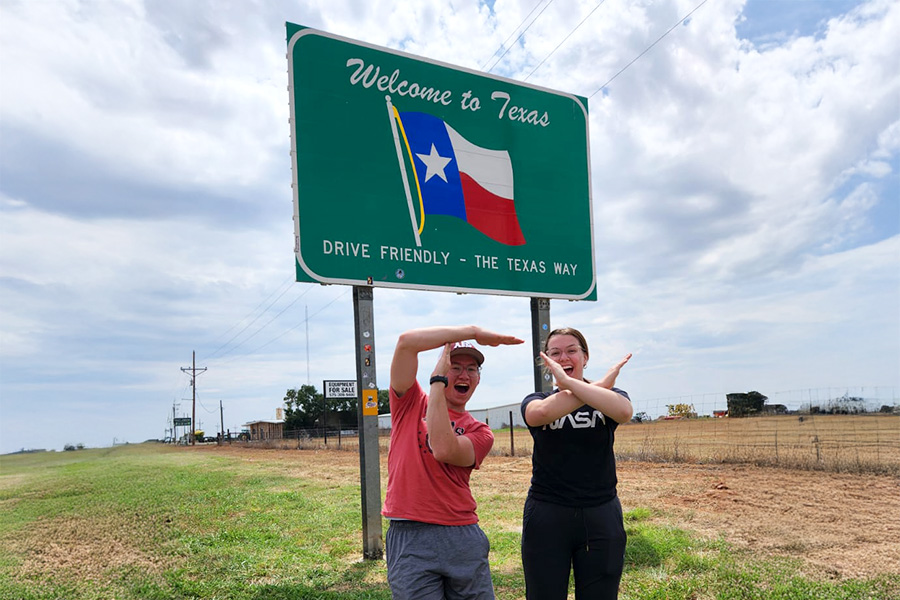The 2025 Formula One season has kicked off, bringing forth this sport’s highly competitive and enthralling nature. This season features 10 distinct teams, each comprising 20 skilled drivers who bring their unique tactics and adherence to the strict regulations set forth by the FIA, the authoritative body for motorsports. For individuals exploring a newfound passion for F1, navigating the complexities of team strategies, driver dynamics and the comprehensive rulebook of the sport can present a significant challenge, making the experience both captivating and intimidating.
The driving teams set the stage for the whole sport. These teams include Ferrari, the oldest F1 team with 16 Constructors’ and 15 Drivers’ Championships, Mercedes-AMG Petronas, the “Silver Arrows,” with eight consecutive championships under Toto Wolff Williams Racing, led by Sir Frank Williams, which is currently facing challenges despite past success Haas F1 American Team, aiming for midfield success, Sauber Motorsport AG has nurtured talent since 1993 without winning a championship.
McLaren, with eight Constructors’ and 12 Drivers’ Championships, is one of F1’s most historic teams, now led by Andrea Stella and rising fast with a young, dynamic driver lineup. Red Bull Racing, under Christian Horner, has dominated recent seasons, claiming six Constructors’ and seven Drivers’ titles, driven by innovation and Verstappen’s relentless pace. Aston Martin, led by Mike Krack, blends British racing heritage with new ambition and major investment, making it a serious contender in the modern era. RB (formerly AlphaTauri), Red Bull’s sister team, is focused on developing talent like Liam Lawson and Isack Hadjar under team principal Laurent Mekies, while also pushing further into the midfield. Alpine, the French works team led by Bruno Famin, builds on Renault’s legacy with a strong technical base and a vision for long-term competitiveness in the hybrid era.
Behind the wheels, driving and overtaking are the 20 drivers (not including reserve drivers) are Charles Leclerc (#16), Ferrari’s star driver, who has achieved eight wins, 43 podiums and 26 pole positions in his career, including notable victories at Spa and Monza in 2019, where he became the youngest Ferrari race winner, Carlos Sainz (#55), now driving for Williams after leaving Ferrari last year, has secured fourwins, 27 podiums and six pole positions, Alex Albon (#23), representing Williams, has competed in 108 F1 races, with 106 starts, earning two podiums, but no wins or pole positions George Russell (#63), driving for Mercedes, with 17 podiums, Lewis Hamilton (#44), now driving for Ferrari after 12 seasons with Mercedes as their star driver, he’s a seven-time world champion, holding numerous records with 105 wins, 202 podiums and 104 poles Kimi Antonelli (#12), a rookie with Mercedes, has made a remarkable start to his F1 career, becoming the youngest driver to lead a lap and set the fastest lap in a Grand Prix at just 18 years old Oliver Bearman (#87), a British rookie with Haas, made his Formula 1 debut in 2024 and joined the team full-time in 2025,Nico Hülkenberg (#27), a German driver for Haas, is renowned for his lengthy F1 career, holding the record for the most race starts (229) without a podium finish, Gabriel Bortoleto (#5), a 20-year-old Brazilian rookie, made his Formula 1 debut in 2025 with the Kick Sauber F1 Team.
Lando Norris (#4), McLaren’s standout talent, is leading the 2025 season with three wins thus far. Known for his consistency and sharp racecraft, Norris has accumulated five career wins, 29 podiums and four pole positions. He’s become a fan favorite and a serious championship contender.
Oscar Piastri (#81), also driving for McLaren, has emerged as a top-tier competitor in only his third season. The young Australian already boasts four career wins. two of them coming in the current season,along with ten podiums and two poles, he’s making waves on the grid.
Max Verstappen (#1), Red Bull Racing’s dominant force and three-time world champion, holds 61 wins, 102 podiums and 38 pole positions. Known for his aggressive racing style, he redefined dominance with his record-breaking seasons from 2021 to 2023 and remains a formidable contender even as new talents emerge. Liam Lawson (#30), initially racing full-time for Red Bull, now racing for RB after an impressive substitute performance in 2023, has quickly proven his worth. While he hasn’t secured a podium yet, his solid racecraft and maturity under pressure show he’s on the rise within the elite team.
Fernando Alonso (#14), the two-time world champion from Spain, continues his legendary career with Aston Martin. With 32 wins, 106 podiums and 22 pole positions, Alonso is respected for his unmatched race IQ and longevity, competing at a high level well into his 40s.
Lance Stroll (#18), Alonso’s teammate at Aston Martin, has raced in over 150 Grands Prix, with three podiums and one pole to his name. Often underestimated, Stroll has shown flashes of brilliance, especially in wet conditions and remains a steady presence in the midfield. Yuki Tsunoda (#22), initially driving for RB and now driving for Red Bull (formerly a part of AlphaTauri), has grown significantly since his debut. With two podiums and a reputation for his fiery team radio messages, Tsunoda has evolved into a dependable and fast race for his aggressive overtakes. Isack Hadjar (#6), a French rookie with RB, made his F1 debut in 2025 after a strong showing in Formula 2. Known for his raw speed and bold moves, Hadjar is already turning heads with consistent points finishes and a fearless approach to wheel-to-wheel racing. Pierre Gasly (#10), driving for Alpine, is a Grand Prix winner with one career victory (Monza 2020), four podiums and one pole. Once Red Bull’s rising star, he rebuilt his career with gritty performances and became a reliable point scorer known for his resilience and tactical prowess. Jack Doohan (#7), the Australian rookie with Alpine, debuted in 2025 and is the son of motorcycle legend Mick Doohan. Known for his aggressive yet calculated driving style, he’s already scored points and is seen as a key part of Alpine’s future rebuild.
Behind the scenes, the driver’s team principals work with the rest of the team to find the best strategies for their teams. The team’s principals include Christian Horner, Red Bull’s longest-serving team principal, who has led the team since 2005 and transformed it into an F1 powerhouse with multiple championships under his leadership; Toto Wolff, Mercedes’ team principal and CEO since 2013, who has overseen eight Constructors’ titles during the team’s dominance in the hybrid era; Frederic Vasseur joined Ferrari in 2023 after successful stints with Renault and Alfa Romeo, aiming to restore Ferrari’s championship-winning form. Andrea Stella, McLaren’s team principal since 2022, has played a key role in their resurgence, including a Constructors’ title in 2024. Andy Cowell, Aston Martin’s leader, is renowned for his engineering expertise and contributions to Mercedes’ hybrid engine success. Oliver Oakes, Alpine’s young team principal, transitioned from karting champion to managerial roles and now leads the French outfit. Ayao Komatsu of Haas is known for his technical acumen and focus on maximizing the team’s performance. Laurent Mekies recently joined Racing Bulls (RB) after years at Ferrari, bringing strategic experience to the dominant team. James Vowles, Williams’ principal since 2023, is rebuilding the historic team after a long tenure as Mercedes’ strategy chief. Jonathan Wheatley of Kick Sauber oversees operations as the Swiss team transitions to Audi ownership in 2026.
F1 isn’t just about the champions—it’s also about the stories, the heartbreaks and the curses. For the longest time, Lando Norris (#4) was cheekily dubbed “Lando No Wins,” a nod to his uncanny ability to finish just shy of the top step, despite stellar performances. That all changed in Miami 2024, when he finally broke the drought with an emotional and long-overdue victory. There’s also infamous phrases such as the “Monaco curse” and the “Red Bull second seat curse, where contenders seem to falter While Max thrived, many other drivers struggled under the pressure of matching his pace, highlighting just how brutal the sport can be at the very top. This generation of drivers carries the weight of history while carving out a fierce, unpredictable future: one where records fall, rivalries spark and new legends are born every Sunday.
In F1, the rules can be the most complicated part to understand. Drivers compete over a series of races, known as Grands Prix, held around the world. The basic rules include a minimum weight for cars, strict safety regulations and a limit on the number of engines and gearboxes each team can use per season. F1 teams also operate under a budget cap, set at $135 million for the 2025 season, excluding certain expenses like driver salaries and marketing. Drivers must adhere to track limits and avoid unsportsmanlike conduct, with penalties such as time penalties or grid drops for infractions. Points are awarded to the top ten finishers in each race, with the driver and team accumulating the most points crowned World Champion at the end of the season.
Additionally, Sprint races in Formula 1 are shorter events held on Saturdays at select Grands Prix, awarding points to the top eight finishers and determining the starting grid for Sunday’s main race. In terms of flags, F1 uses a color-coded system to communicate with drivers. The green flag indicates racing conditions, while yellow flags signal caution due to hazards on the track. A red flag halts the race entirely and a blue flag warns drivers they are about to be lapped. The checkered flag marks the end of the race and a black flag disqualifies a driver from the competition.
Team radios are key for driver-team communication, used for feedback, strategies and instructions. Drivers utilize radios for race planning, adjustments and status updates. Since communication can be intense, F1 rule makers, FIA, enforce radio professionalism, banning profanity for respectful broadcast. This system enhances strategy and offers fans insights into F1 emotions and tactics.
The Safety Car in Formula 1 is used to neutralize racing during hazardous conditions, such as accidents or debris on the track. During a Safety Car period, lapped cars, those who are a lap behind the leaders, are allowed to unlap themselves by overtaking the Safety Car and rejoining the pack at the back of the field. Unlapping occurs only when race control deems it safe and drivers must complete the procedure before the Safety Car exits and racing resumes.
F1 uses different tire compounds supplied by Pirelli, including slicks for dry conditions (soft, medium and hard) and wet tires (intermediates and full wets) for various weather conditions. Slicks vary in grip and durability, with softer tires providing more speed but wearing out faster and harder tires being slower but lasting longer. Each tire can vary a driver’s speed and their need for pit stops. Drivers must use at least two compounds during a dry race.
The Drag Reduction System (DRS) is a device that helps overtaking by opening a flap in the rear wing to reduce drag and increase straight-line speed. Drivers can activate DRS in designated zones if they are within one second of the car ahead during races, making it a key tool for strategic overtaking.
For the fans who are travelers, the schedule is as follows: the championship starts in Melbourne, Australia (March 16), a classic opener with a high-speed, semi-street layout that always delivers chaos and surprises. Then the series darts across continents—from the fast straits of Shanghai and Suzuka,Japan, to Jeddah and Sakhir, Bahrain.
In May, F1 tackled Europe’s heart with races in Imola and the crown jewel, Monaco, where legends are made (or cursed). The summer is stacked: the high-speed sweepers of Silverstone, the unpredictable weather of Spa and the banked curves of Zandvoort bring constant challenges. Iconic tracks like Monza, test straight-line performance, while Singapore under the lights demands endurance. The final stretch spans the Americas with stops in Austin, Mexico City and São Paulo, each known for passionate fans and strategic unpredictability. The season ends in style under the lights of Las Vegas (the only Saturday race), Lusail, Qatar and the traditional finale at Yas Marina in Abu Dhabi.
Formula 1’s future is racing forward just as fast as the cars on track. One of the biggest shifts on the horizon is the expected arrival of the Cadillac F1 Team, powered by General Motors, aiming to enter the grid by 2026. It’s a bold American push into the elite world of Formula 1 and fans are already buzzing about whether the team will bring fresh competition or face the tough learning curve that new teams often encounter.
There’s also a lot of talk about the possible return of Daniel Ricciardo, who has been floating around the paddock and hasn’t ruled out jumping back in if the right seat opens up. Fans still hold out hope for a final redemption arc for the ever-smiling Aussie. Off-track, the sport’s global popularity is only growing, especially with the highly anticipated F1 movie starring Brad Pitt and produced in collaboration with Lewis Hamilton. The film has already filmed scenes at actual Grand Prix weekends, giving it an authentic feel that’s got both fans and newcomers excited. The only concern from the drivers is that they wish not to be slandered in the movie in an informal, unnecessary manner.
As the sport evolves on track with new teams and off track with global media,the future of Formula 1 looks like a thrilling mix of innovation, storytelling and raw competition.
In the United States, Formula 1 fans can watch races on ABC and ESPN+. However, for a more immersive experience, F1 TV offers comprehensive coverage. F1 TV provides live, ad-free sessions of every Grand Prix, including onboard cameras and team radios, along with access to F2, F3 and other junior series. The new F1 TV Premium tier enhances this experience with 4K Ultra HD/HDR streaming and a multiview feature, allowing fans to watch multiple feeds simultaneously. This service is ideal for those seeking detailed, behind-the-scenes content, past races to catch-up on the history of the sport and exclusive documentaries.



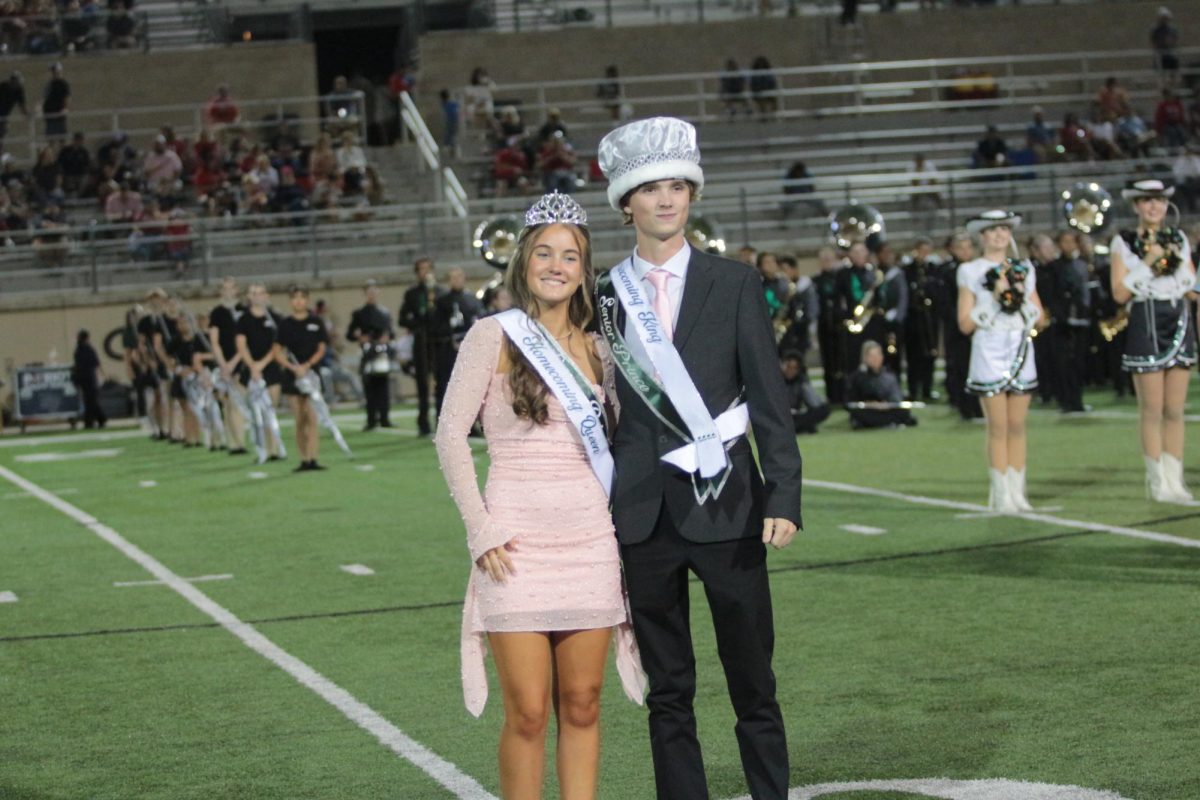

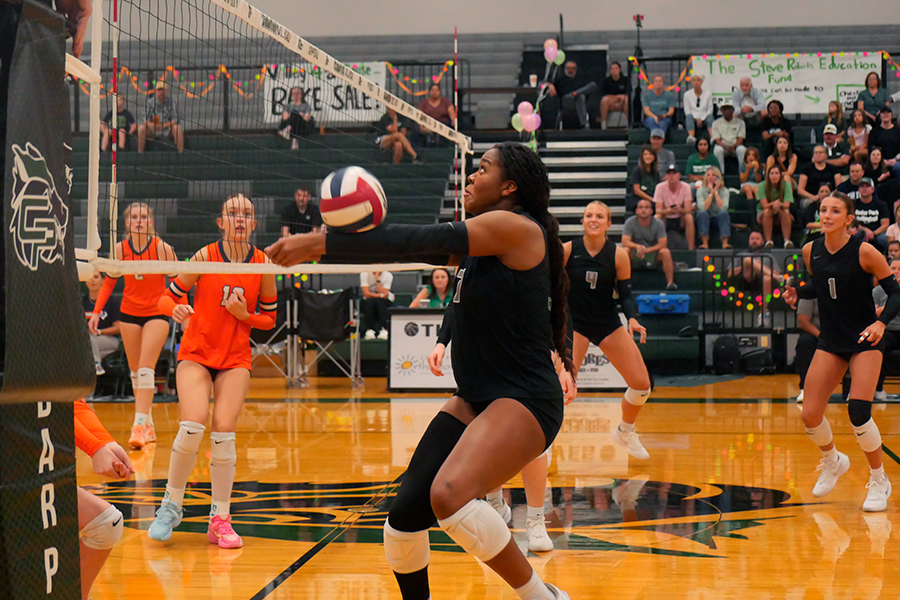

![As her hair blows in the wind, senior Brianna Grandow runs the varsity girls 5K at the cross country district meet last Thursday. Grandow finished fourth in the event and led the varsity girls to regionals with a third place placement as a team. “I’m very excited [to go to regionals],” Grandow said. “I’m excited to race in Corpus Christi, and we get to go to the beach, so that’s really awesome.” Photo by Addison Bruce](https://cphswolfpack.com/wp-content/uploads/2025/10/brianna.jpg)
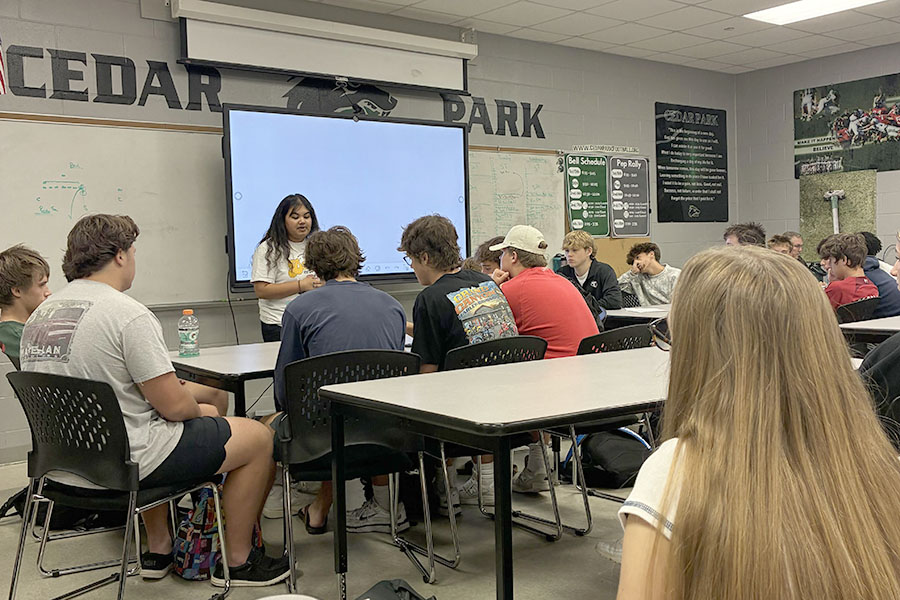
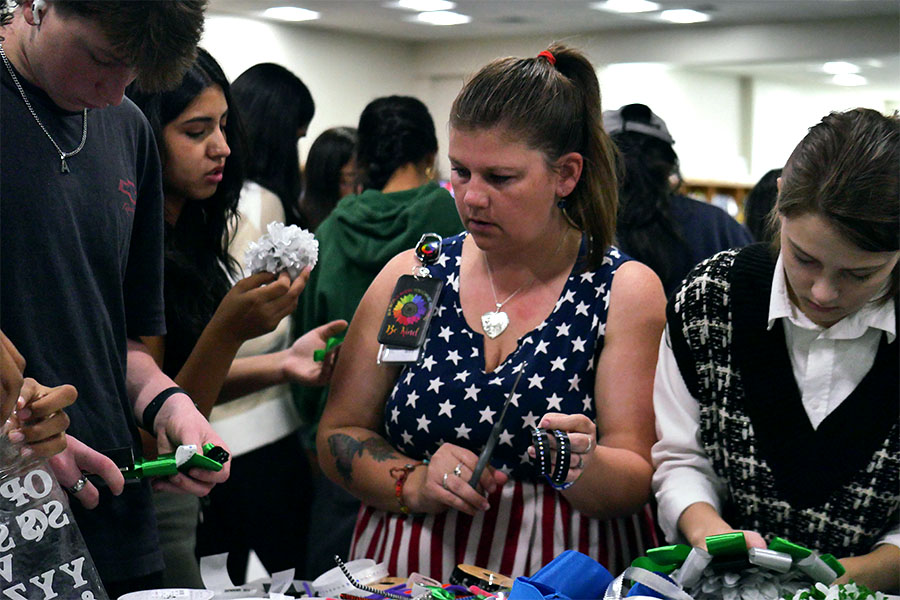
![Broadcast, yearbook and newspaper combined for 66 Interscholastic League Press Conference awards this year. Yearbook won 43, newspaper won 14 and broadcast took home nine. “I think [the ILPC awards] are a great way to give the kids some acknowledgement for all of their hard work,” newspaper and yearbook adviser Paige Hert said. “They typically spend the year covering everyone else’s big moments, so it’s really cool for them to be celebrated so many times and in so many different ways.”](https://cphswolfpack.com/wp-content/uploads/2025/05/edited-ILPC.jpg)


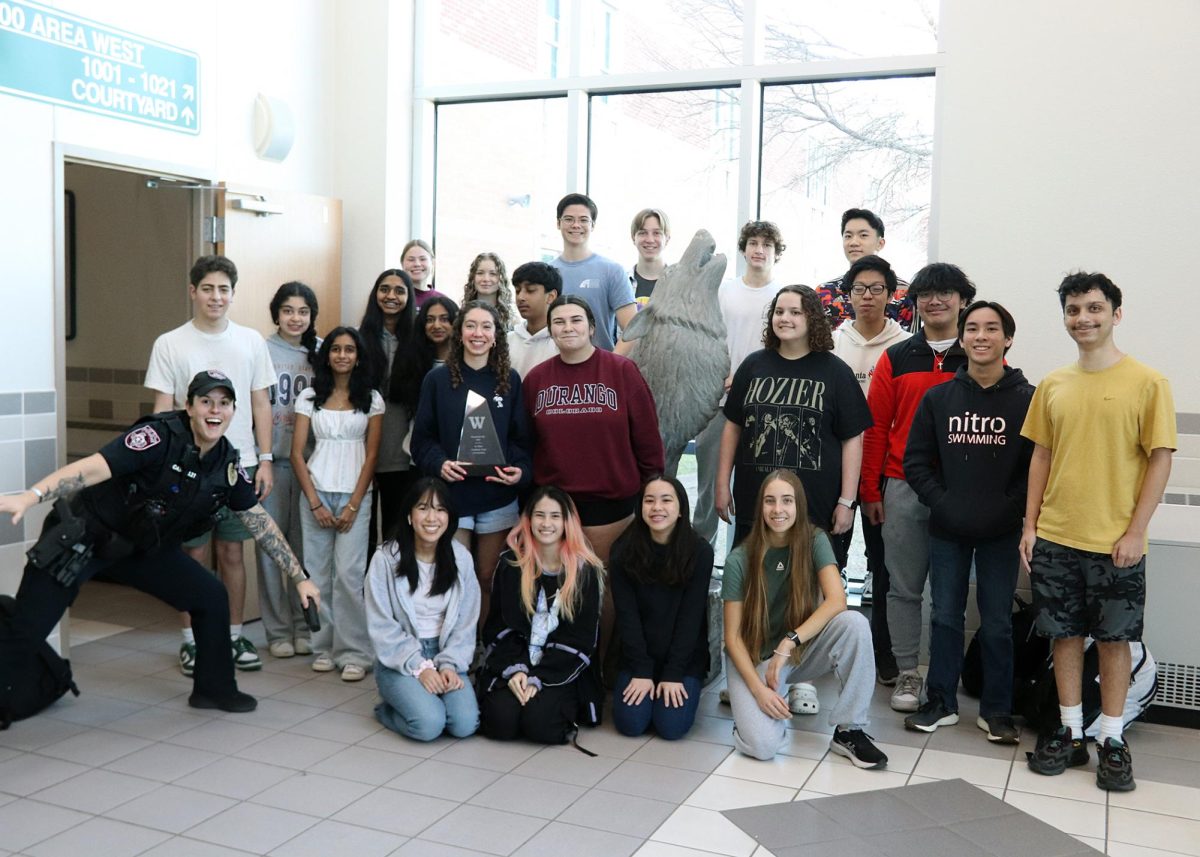
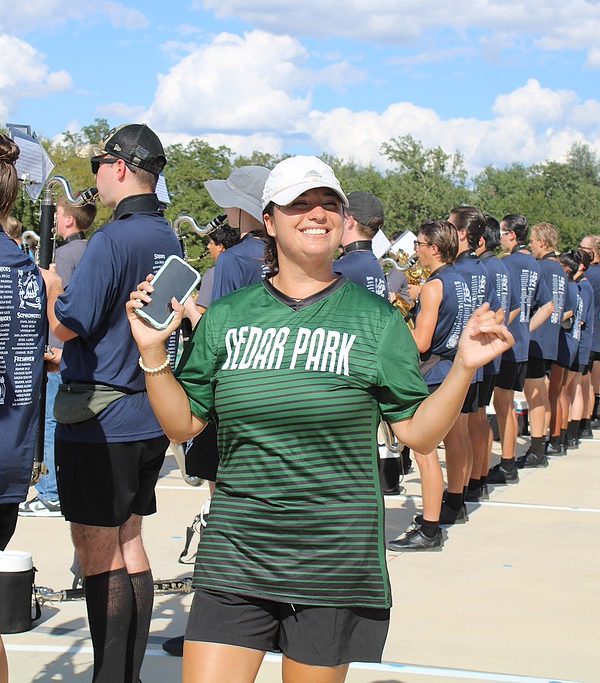

![Sitting with her friend senior Sohpia Struve at last year’s Austin City Limits Festival, senior Ava Zuniga poses for a picture under a pavilion. They are frequent attendees at ACL, an annual music festival at Zilker Park. “I would recommend seeing a bunch of people,” Zuniga said. “This past year, we camped out for Chappell [Roan] for a really long time. I think the whole point of ACL, [which] is a lot of fun, is that you can go see so many different people, even if you don’t know them. So by camping by one person, it really limits yourself from being able to go see a bunch of people.” Photo courtesy of Ava Zuniga](https://cphswolfpack.com/wp-content/uploads/2025/10/EE9E9484-FE6F-4AA0-B5F5-0C177AB32841-1200x857.jpeg)
![Looking down at his racket, junior Hasun Nguyen hits the green tennis ball. Hasun has played tennis since he was 9 years old, and he is on the varsity team. "I feel like it’s not really appreciated in America as much, but [tennis] is a really competitive and mentally challenging sport,” Nguyen said. “I’m really level-headed and can keep my cool during a match, and that helps me play a bit better under pressure.” Photo by Kyra Cox](https://cphswolfpack.com/wp-content/uploads/2025/09/hasun.jpg)

![Bringing her arm over her head and taking a quick breath, junior Lauren Lucas swims the final laps of the 500 freestyle at the regionals swimming competition on date. Lucas broke the school’s 18-year-old record for the 500 freestyle at regionals and again at state with a time of 4:58.63. “I’d had my eye on that 500 record since my freshman year, so I was really excited to see if I could get it at regionals or districts,” Lucas said. “ State is always a really fun experience and medaling for the first time was really great. It was a very very tight race, [so] I was a bit surprised [that I medaled]. [There were] a lot of fast girls at the meet in general, [and] it was like a dogfight back and forth, back and forth.” Photo by Kaydence Wilkinson](https://cphswolfpack.com/wp-content/uploads/2025/03/Kaydence-2.7-23-edit-2.jpg)
![As the support team sits and poses for a photo in the cafeteria with the counseling team they eagerly wait to start their day. "We [all] seem to be a team, I get up every day and there's days where I don't want to go to work today, but I'm thankful that I have a job and I'm blessed to have what I have," Christopherson said. Photo Courtesy of Julie Weltens.](https://cphswolfpack.com/wp-content/uploads/2025/01/AF9E8470-10D7-4C91-BF28-EC8F86BAB66C-1200x852.jpeg)
![Jumping off the ground, senior linebacker Bennett Patton snatches the ball out of the air for an interception at Thursday’s game against Chaparral. Patton had two interceptions in the 56-14 victory, tying the school record for interceptions in a game. “I was just playing the game,” Patton said. “[I’m] going to go into next week, forget about it and stay humble.” Photo by Harper Chapman](https://cphswolfpack.com/wp-content/uploads/2025/09/bennett-interception.jpg)



